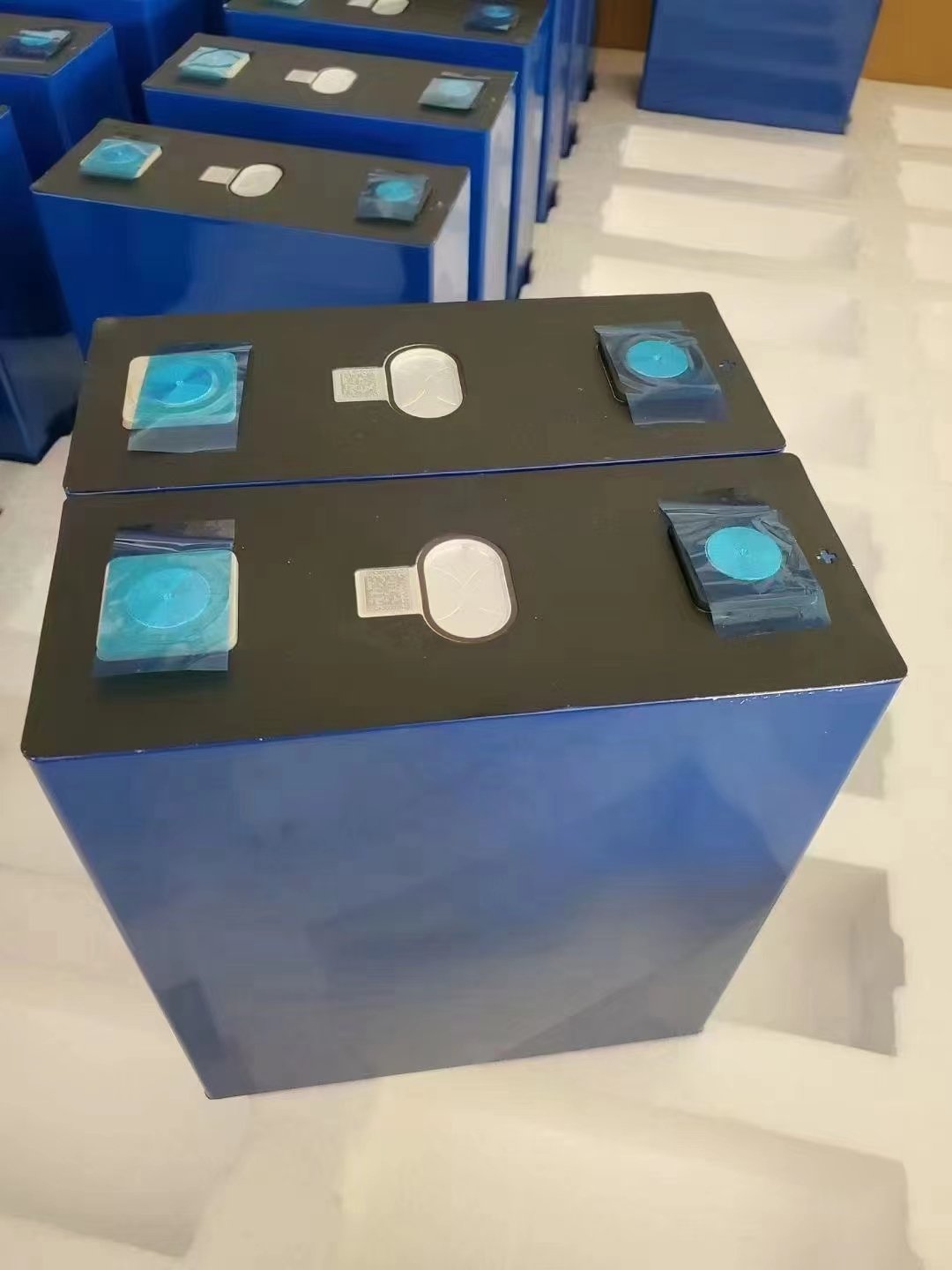Lithium-ion batteries, as crucial components in modern mobile devices, electric vehicles, and renewable energy storage, rely heavily on battery materials for their performance and reliability. Let’s delve into these key materials.
1. Cathode Materials
1.1 Lithium Iron Phosphate (LiFePO₄)
- Advantages: High safety, long cycle life, environmentally friendly.
- Disadvantages: Lower energy density.
- Applications: Electric vehicles, power tools.
1.2 Lithium Cobalt Oxide (LiCoO₂)
- Advantages: High energy density, good stability.
- Disadvantages: High cost, risk of thermal runaway.
- Applications: Smartphones, laptops.
2. Anode Materials
2.1 Graphite ©
- Advantages: Stable, cost-effective.
- Disadvantages: Limited capacity, prone to lithium metal deposition.
- Applications: Most commercial lithium-ion batteries.
2.2 Silicon (Si)
- Advantages: High capacity, abundant resources.
- Disadvantages: Volume expansion, shorter cycle life.
- Applications: Research on novel anode materials.
3. Electrolytes
- Liquid Electrolytes: Traditional liquid electrolytes, but with leakage and combustion risks.
- Solid-State Electrolytes: Future direction for improved safety.
Conclusion
Continuous innovation and improvement in lithium-ion battery materials will drive battery technology forward. If you have more specific questions about a particular material or application, feel free to continue the discussion! 🔋



